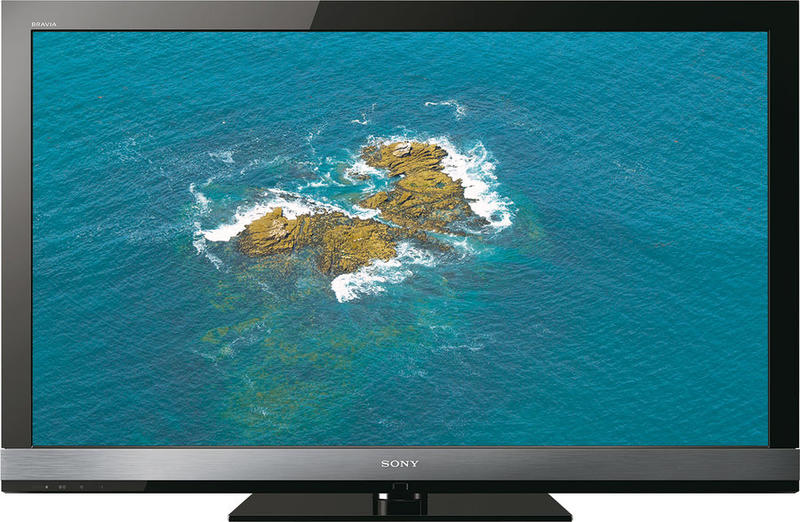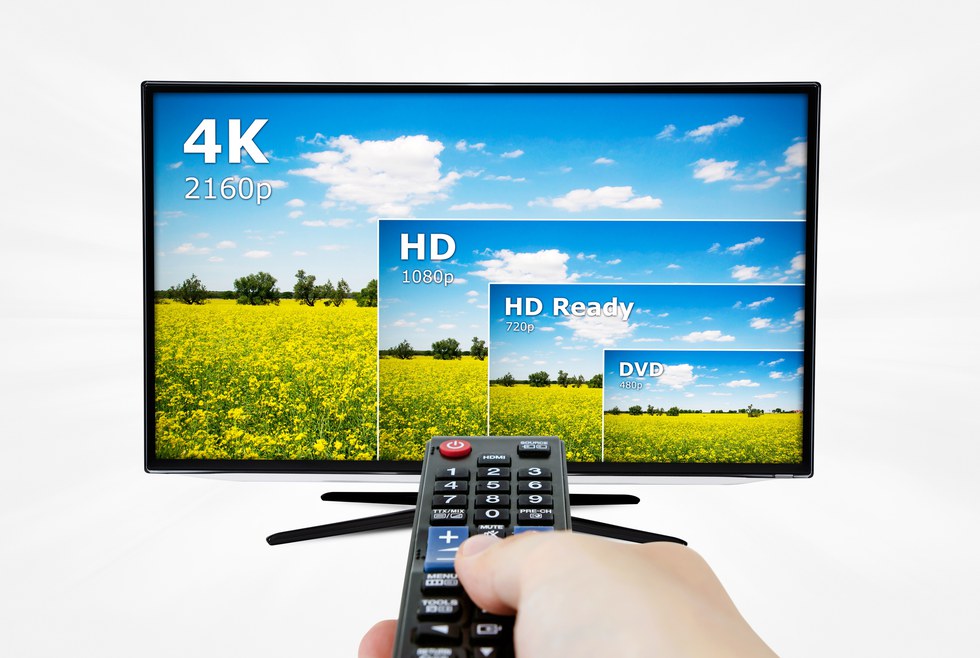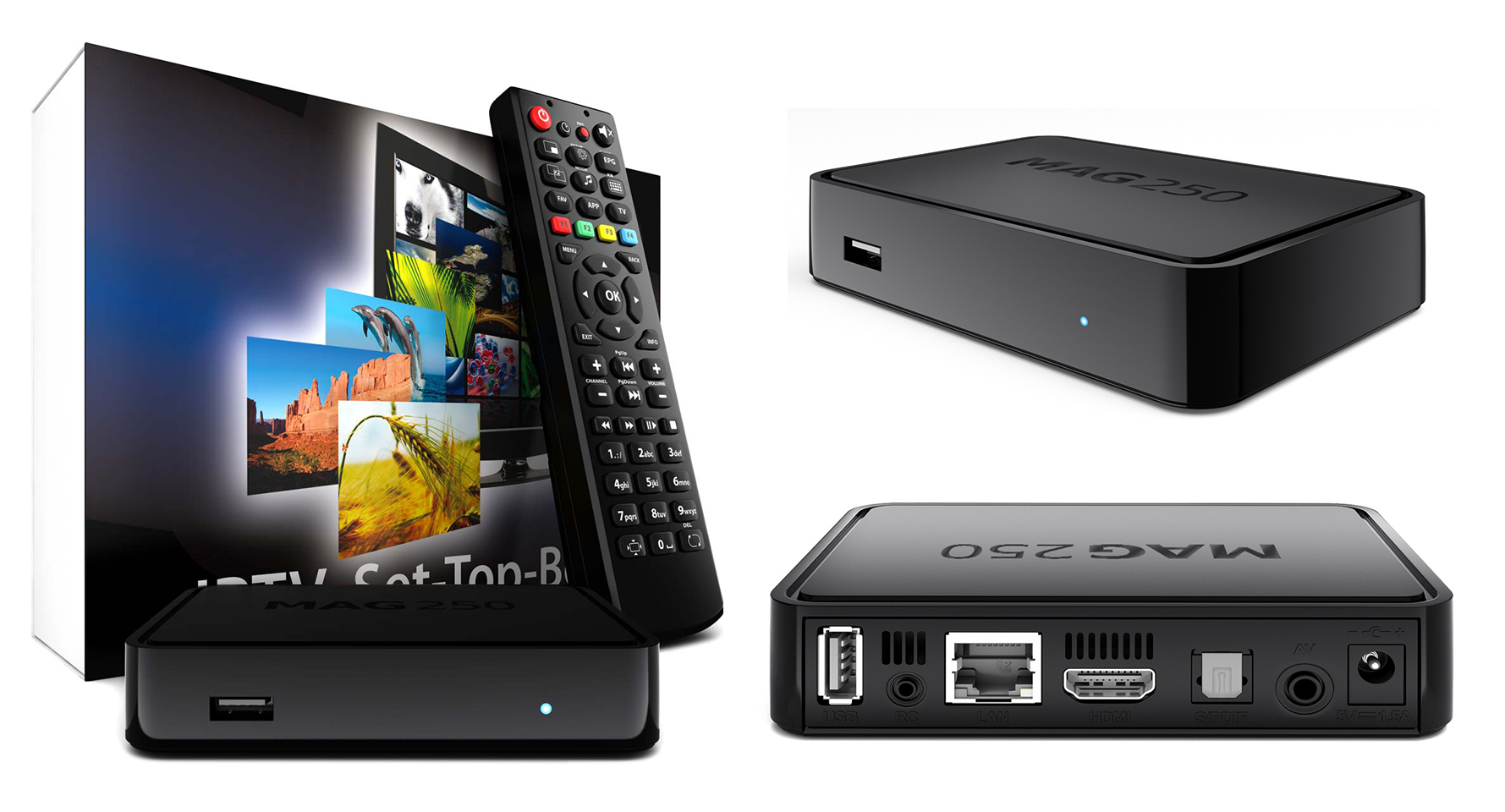What is HDTV support on TV
 Image quality standards are improving all the time. The picture on monitor screens is getting better, the resolution is getting higher, and the color and contrast reproduction is higher. The quality improves not only on television devices, but also on the screens of smartphones, video cameras and other devices. The modern user is already accustomed to the fact that broadcasting standards have long existed that provide viewing of TV in high quality, namely HD.
Image quality standards are improving all the time. The picture on monitor screens is getting better, the resolution is getting higher, and the color and contrast reproduction is higher. The quality improves not only on television devices, but also on the screens of smartphones, video cameras and other devices. The modern user is already accustomed to the fact that broadcasting standards have long existed that provide viewing of TV in high quality, namely HD.
The content of the article
What is HDTV
HDTV is a new broadcast format for television. It differs from others in its increased image clarity. Unlike legacy formats such as NTSC, PAL or SECAM, information is transmitted using digital encoding, which allows for picture quality up to 1080p - something that is not possible with analog broadcasting, which provides images at 480p. Also, the image obtained by analogue method is often distorted and blurred. This is caused by the peculiarities of signal demodulation.

How does HDTV differ from other television standards?
The main difference between HDTV and other formats is its high resolution, better color reproduction and less susceptibility to interference and distortion. This is achieved, as stated, by digital signal coding. The image is divided into segments, and each segment is encrypted into a specific digital code sequence.The encoded signal is then frequency-multiplexed, allowing the device to process much more information, and sent to the decoder via cable or over the air.
On the TV receiver, the digital sequence is restored to the original image and a high-quality picture is displayed on the screen. Also, the code sequence has greater noise immunity, since it is possible to restore neighboring information using algorithms obtained earlier.

It is important for the user that the HDTV format provides images with a resolution of up to 1920x1080 pixels, while analog transmission allows for the transmission of images of only 720x480 pixels. Also, analogue broadcasting is extremely susceptible to interference and distortion, especially if distributed over the air. It can be affected by both the weather and neighboring emitting stations, which interfere with normal signal reception.
Also, due to their proportions, devices that support HDTV are much more convenient for viewing, since they are closest to human perception.
It is necessary to distinguish between two formats, which are often confused. These are HD Ready and Full HD. Although they are similar in operating principle, devices with this prefix in the name differ in image quality. HD Ready delivers up to 720p on your TV screen. Even if the received signal is of better quality, for example, 1080p, this technology will artificially reduce its quality, since it has less bandwidth. At the same time, Full HD provides picture quality up to 1080p, which is one of the highest for television today.
REFERENCE! HD stands for High Definition, which means “high definition” in English.This abbreviation means that the image obtained during scanning will have a quality of at least 720p. The term HD refers not only to the television format, but also to the image in general. This format has high picture quality, which has a beneficial effect on watching videos.
What you need to watch HDTV
To watch television in HD quality, first of all, you need a signal source. The source can be a satellite dish, receiver or cable, as well as a game console, television adapter or DVD player.

ATTENTION! Not all devices support HD format. To make sure that the selected TV receiver can transmit and receive HD images on the screen, you should read the technical literature that comes with it.
If the user connects to HDTV via a provider cable or a satellite dish receiver, it is necessary to check with the operator whether a set of HD channels is included in the package. Many providers require the purchase of additional services to play channels in high quality.
REFERENCE! You should know that in addition to HDTV, devices that support UHDTV technology have already appeared on the market. This is an ultra-high definition technology that provides image quality up to 2160p and a resolution of 3840x2160.
There are also demonstration prototypes that are capable of transmitting images up to 4320p. This format is called UHDTV 8k.





